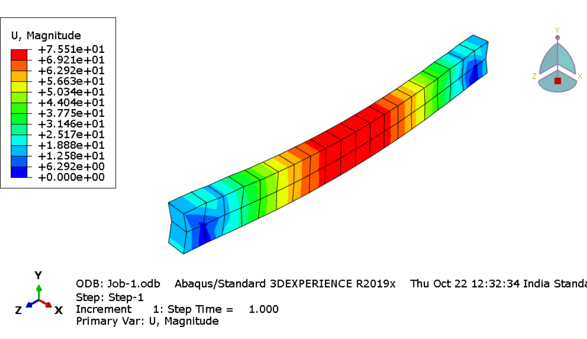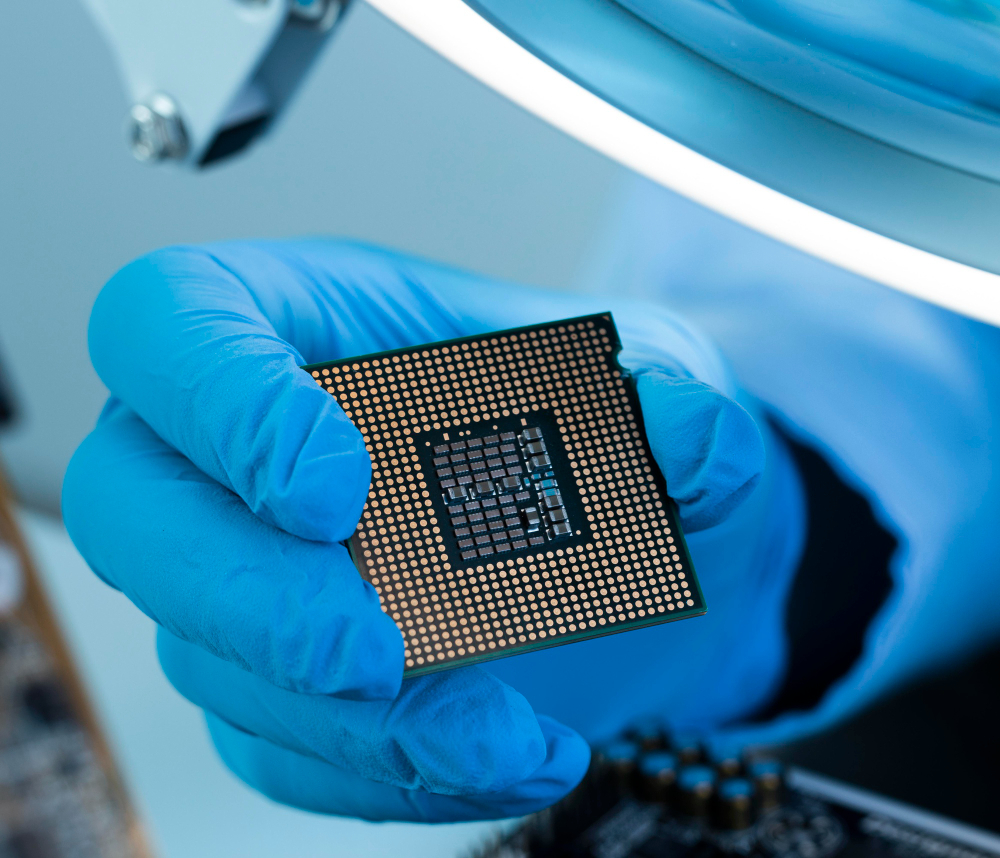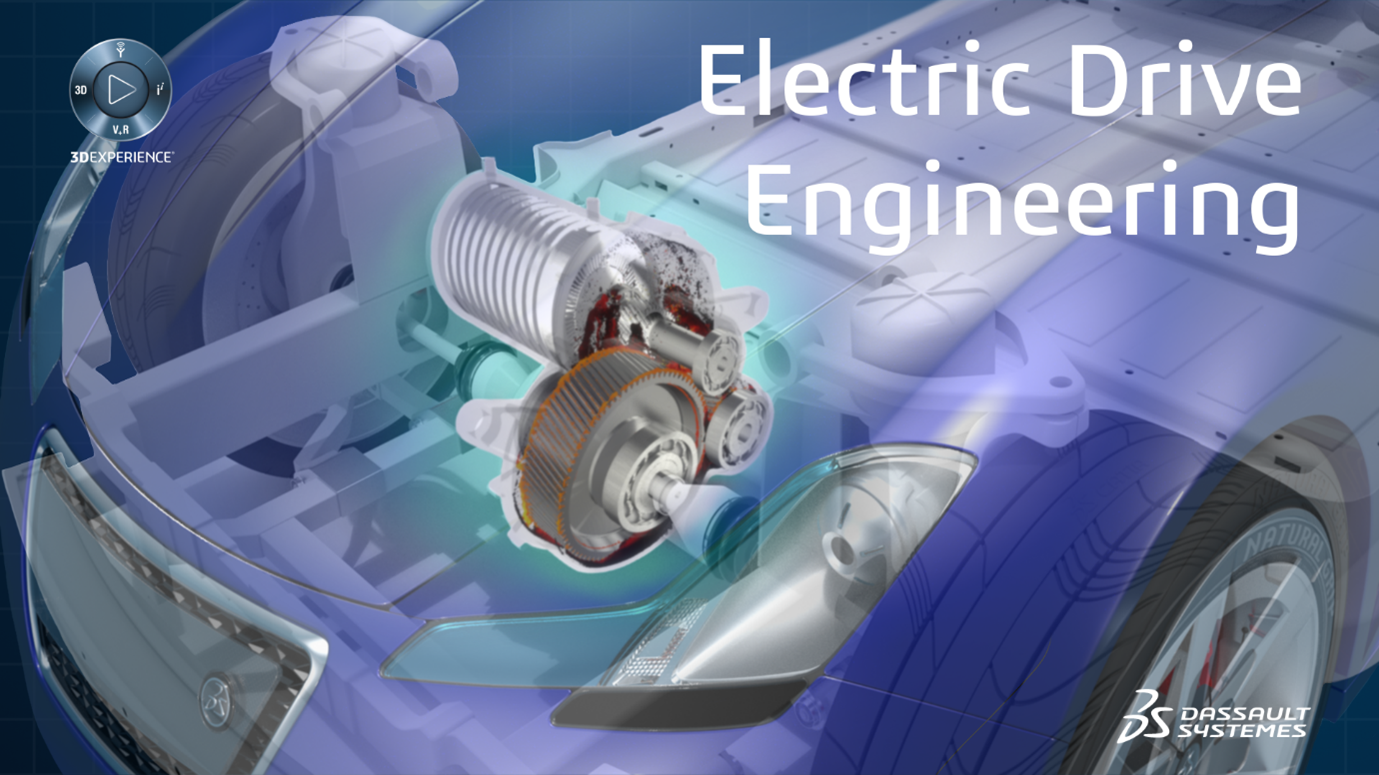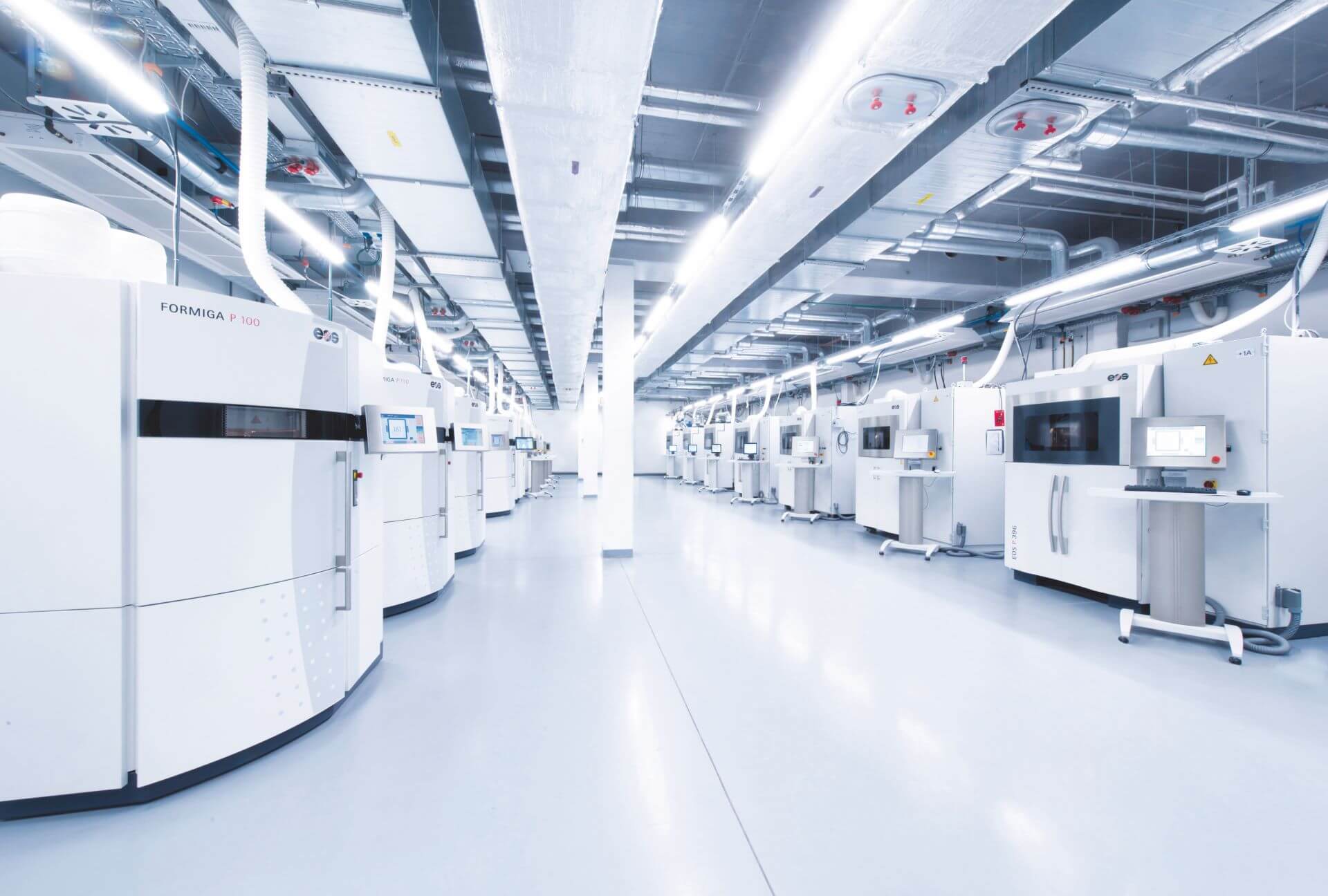Reinforced Cement Concrete (RCC) Structure under Compression Load Conditions: ABAQUS/SIMULIA

- Varun Sharma
- October 23, 2020
Introduction
The RCC structure displayed below is subjected to displacement under static conditions in ABAQUS GUI. The basic purpose of using RCC is to absorb stresses (specifically tensile stresses) that arise in the structure. From a structural engineering point of view, concrete is weak in tension, and therefore it is reinforced accordingly with suitable material. To overcome the crack development due to variation in temperature and stresses (shrinkage) also, reinforcement is used. RCC also enhances the strength of concrete sections.
Geometry and meshing
To begin with, three parts were created:
- The first part is a solid homogenous rectangular part as shown in the picture. It was specified as concrete.
- Internally stirrups and wires were created, both of them aligned in parallel within the structure.
For concrete, C3D8R (An 8-node linear brick, reduced integration, hourglass control) was assigned. For internal wires and stirrups, T3D2 (A 2-node linear 3-D truss) were used.

Figure 1: 3D model of RCC with wire and stirrups reinforcement
Material
Under material definition, linear elastic property was assigned. Steel properties were used for stirrups and wire reinforcements. The outer body was considered as a concrete body, with solid homogenous sections. The reinforced body is considered as a truss section.
Loading and Boundary Conditions
The simulation was conducted under static conditions. During the first step, the RCC Beam remained at static conditions. Both sections internally and externally were under static conditions. During the second step, a displacement of 50 mm was given to see the deformation. Also, two distinctive boundary conditions were employed: primary one was given as pinned (U1–U2–U3=0) to fix the translational and rotational motion of the structure, while the secondary boundary condition was defined as a displacement of 50 mm in Y – directions as shown in Figure 2. The approach was to generate axial deformation. The analyses were performed using Abaqus/CAE.

Figure 2: Boundary conditions assigned to the RCC Structure
Interactions
Embedded interactions were defined between internal and external parts. 3D Solid – in – Solid principle was used while implementing the interactions. This technique helps us specify that an element or group of elements is embedded in “host” elements. Abaqus searches for the geometric relationships between nodes of the embedded elements and the host elements. Therefore, stirrups and wires were embedded in the concrete structure. Default fractional exterior tolerance value of 0.025 was specified. Figure 3 displayed below was based on the embedded interactions; the red area was considered as embedded while the outer area was considered as a host.

Figure 3: Embedded interactions defined between external and internal parts
Results
As expected, non-uniform displacement arises in the center of the structure. Higher stresses experienced throughout the structure are as shown in Figure 1. While plotting stress – strain graph along the length of the RCC, higher compression stresses were seen in comparison to tensile stresses.

Figure 4: Stresses and displacement arisen in the RCC Structure under linear elastic conditions


Conclusions
To conclude, ABAQUS is a well-suited integrated package for contact analysis. Modelling and simulation of RCC was presented in elementary way regardless of complex contact nonlinearity. Axial stress – strain displacement relationship under embedded interactions were studied in this case. In a similar way, more complex relationship such as stirrups and wire thickness influence, orientation of the wires or even more complex loading conditions can be investigated.
EDS Technologies helps customers to adopt right simulation solutions to tackle complex real-world problems. We also provide comprehensive training on SIMULIA suite of solutions for our customers. Contact us to know more about SIMULIA/Abaqus and how it can be effectively used to add value in your organization.

- Varun Sharma
- October 23, 2020
Reinforced Cement Concrete (RCC) Structure under Compression Load Conditions: ABAQUS/SIMULIA
Introduction
The RCC structure displayed below is subjected to displacement under static conditions in ABAQUS GUI. The basic purpose of using RCC is to absorb stresses (specifically tensile stresses) that arise in the structure. From a structural engineering point of view, concrete is weak in tension, and therefore it is reinforced accordingly with suitable material. To overcome the crack development due to variation in temperature and stresses (shrinkage) also, reinforcement is used. RCC also enhances the strength of concrete sections.
Geometry and meshing
To begin with, three parts were created:
- The first part is a solid homogenous rectangular part as shown in the picture. It was specified as concrete.
- Internally stirrups and wires were created, both of them aligned in parallel within the structure.
For concrete, C3D8R (An 8-node linear brick, reduced integration, hourglass control) was assigned. For internal wires and stirrups, T3D2 (A 2-node linear 3-D truss) were used.

Figure 1: 3D model of RCC with wire and stirrups reinforcement
Material
Under material definition, linear elastic property was assigned. Steel properties were used for stirrups and wire reinforcements. The outer body was considered as a concrete body, with solid homogenous sections. The reinforced body is considered as a truss section.
Loading and Boundary Conditions
The simulation was conducted under static conditions. During the first step, the RCC Beam remained at static conditions. Both sections internally and externally were under static conditions. During the second step, a displacement of 50 mm was given to see the deformation. Also, two distinctive boundary conditions were employed: primary one was given as pinned (U1–U2–U3=0) to fix the translational and rotational motion of the structure, while the secondary boundary condition was defined as a displacement of 50 mm in Y – directions as shown in Figure 2. The approach was to generate axial deformation. The analyses were performed using Abaqus/CAE.

Figure 2: Boundary conditions assigned to the RCC Structure
Interactions
Embedded interactions were defined between internal and external parts. 3D Solid – in – Solid principle was used while implementing the interactions. This technique helps us specify that an element or group of elements is embedded in “host” elements. Abaqus searches for the geometric relationships between nodes of the embedded elements and the host elements. Therefore, stirrups and wires were embedded in the concrete structure. Default fractional exterior tolerance value of 0.025 was specified. Figure 3 displayed below was based on the embedded interactions; the red area was considered as embedded while the outer area was considered as a host.

Figure 3: Embedded interactions defined between external and internal parts
Results
As expected, non-uniform displacement arises in the center of the structure. Higher stresses experienced throughout the structure are as shown in Figure 1. While plotting stress – strain graph along the length of the RCC, higher compression stresses were seen in comparison to tensile stresses.

Figure 4: Stresses and displacement arisen in the RCC Structure under linear elastic conditions


Conclusions
To conclude, ABAQUS is a well-suited integrated package for contact analysis. Modelling and simulation of RCC was presented in elementary way regardless of complex contact nonlinearity. Axial stress – strain displacement relationship under embedded interactions were studied in this case. In a similar way, more complex relationship such as stirrups and wire thickness influence, orientation of the wires or even more complex loading conditions can be investigated.
EDS Technologies helps customers to adopt right simulation solutions to tackle complex real-world problems. We also provide comprehensive training on SIMULIA suite of solutions for our customers. Contact us to know more about SIMULIA/Abaqus and how it can be effectively used to add value in your organization.







